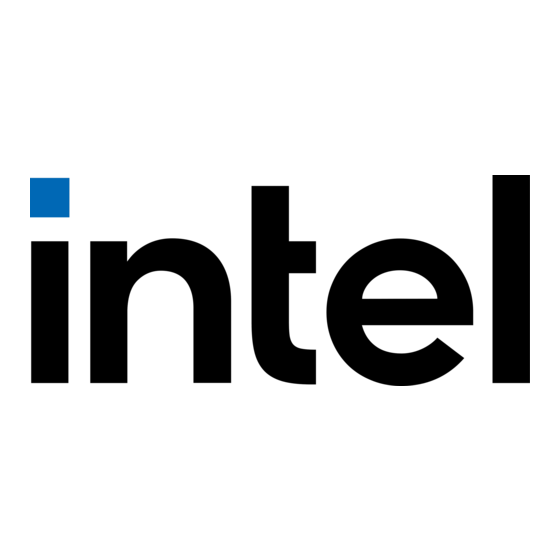
Table of Contents
Advertisement
TECHNICAL MANUAL
Of
Intel H310/H370 Express Chipset
Based Mini-ITX M/B
NO. G03-NF893-F
Revision: 1.0
Release date: January 4, 2019
Trademark:
* Specifications and Information contained in this documentation are furnished for information use only, and are
subject to change at any time without notice, and should not be construed as a commitment by manufacturer.
Advertisement
Table of Contents







Need help?
Do you have a question about the H310 and is the answer not in the manual?
Questions and answers
where can i find virutualisation option in firmware cause it is disabled and i cant find it
The virtualization option (Intel (VMX) Virtualization Technology) is located in the firmware under the Advanced Menu > CPU Configuration section.
This answer is automatically generated